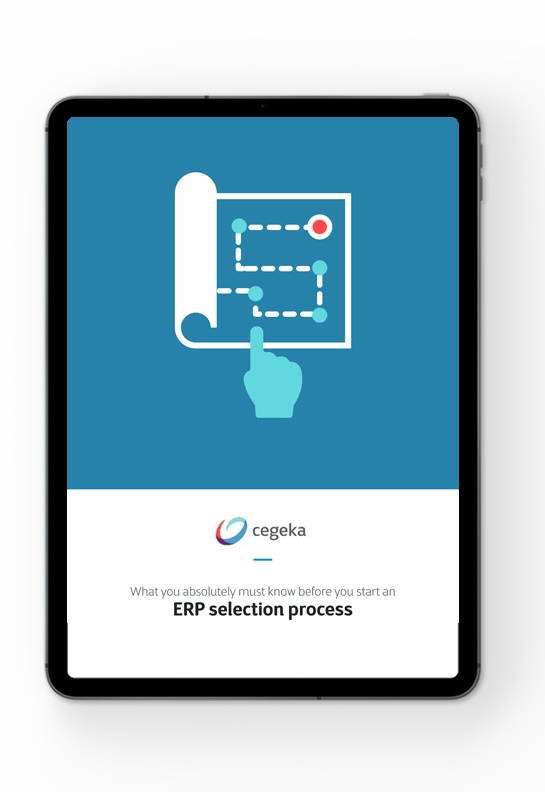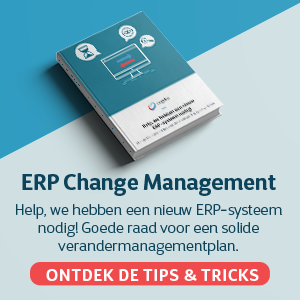A necessary but exciting step to achieve greater customer focus
A wholesale business is no longer a physical trading place – it is an organization in which service takes top priority. To successfully perform that service role, wholesale businesses need to get closer to the end user. Having a sophisticated omni-channel strategy is a prerequisite for doing this.
It has been recognized for years now that customers want to communicate and order across a variety of channels. More and more wholesale businesses are embracing these new channels to give their customers the most versatile and personalized service possible. However, opening up many channels (multi-channel) is not the same as ensuring that those channels are seamlessly matched and can be used alongside each other (omni-channel). Therefore, wholesalers looking beyond today’s requirements are well advised to take concrete steps to switch from a multi-channel to an omni-channel strategy as fast as possible.
From multi-channel (quantity)...
In principle, you would think that it would not be much trouble to develop an app or set up a web portal. Once the technological foundations are laid, all you need to do is compile a database. In no time at all, you will have multiple channels via which a customer can place an order. In this case, we are talking about a multi-channel strategy: you do have multiple channels available, but you have not yet considered how these channels should connect to one another.
The danger? You quickly become entangled in a web of different platforms, and your customers do not get the same service across different platforms. Perhaps the customer wants to check the website to see whether your products are in stock somewhere… or maybe return a product ordered online to one of your branches. Without full channel integration, this is not possible. The modern customer wants a frictionless, joined-up service, regardless of what channel they are using.
… to omni-channel (quality)
The omni-channel approach means that the customer can enjoy the same service uniformly across any channel. This is because consideration was given to how the channels were to be linked before they were built. Channels are no longer supplied by separate data silos, but built on a single system with a single, central data storage location. The consequence? Pricing policy, customer service and communication are all aligned with each other.
How does this benefit the customer? As an example, they can collect a product that they ordered online from a physical warehouse location. If the customer then has questions or comments about the order, customer service are immediately aware of it. The customer can use a variety of different channels to order and collect, and can then also choose how to contact the organization. This could be online via social media or a website, at a physical store, by telephone and more: all these channels flow into each other seamlessly. If the customer is not happy with the products, they can return them easily via a method of their own choice.
Dynamics 365: make a smooth transition form multi-channel to omni-channel
So, you have decided to make the transition from multi-channel to omni-channel… but how do you get started? Quite simply, with smart ERP software that is tailored to your industry, such as Microsoft Dynamics 365 for Wholesale & Distribution.
Want to know more? Send us a message through the contact form. We will contact you, with no obligation, and will be happy to tell you more and answer any questions you may have






